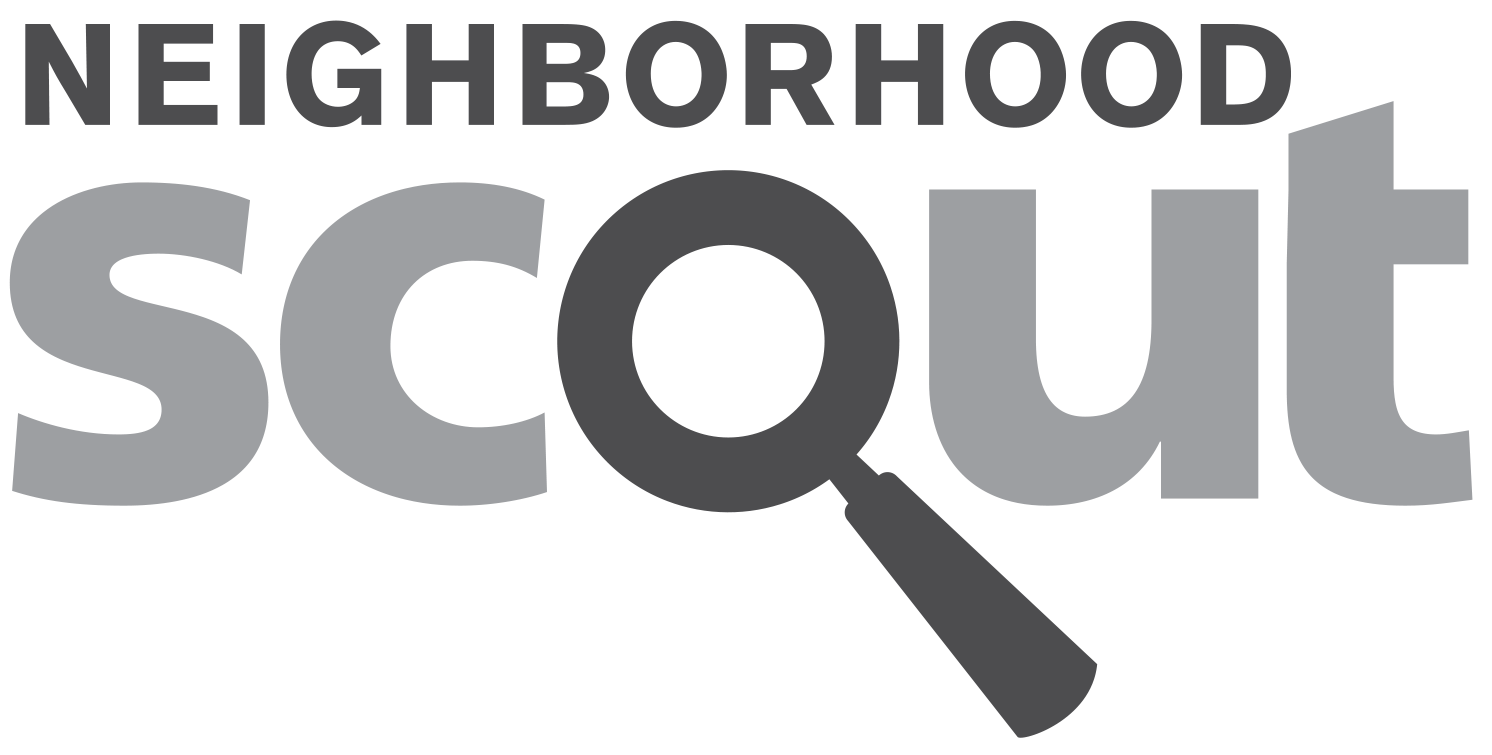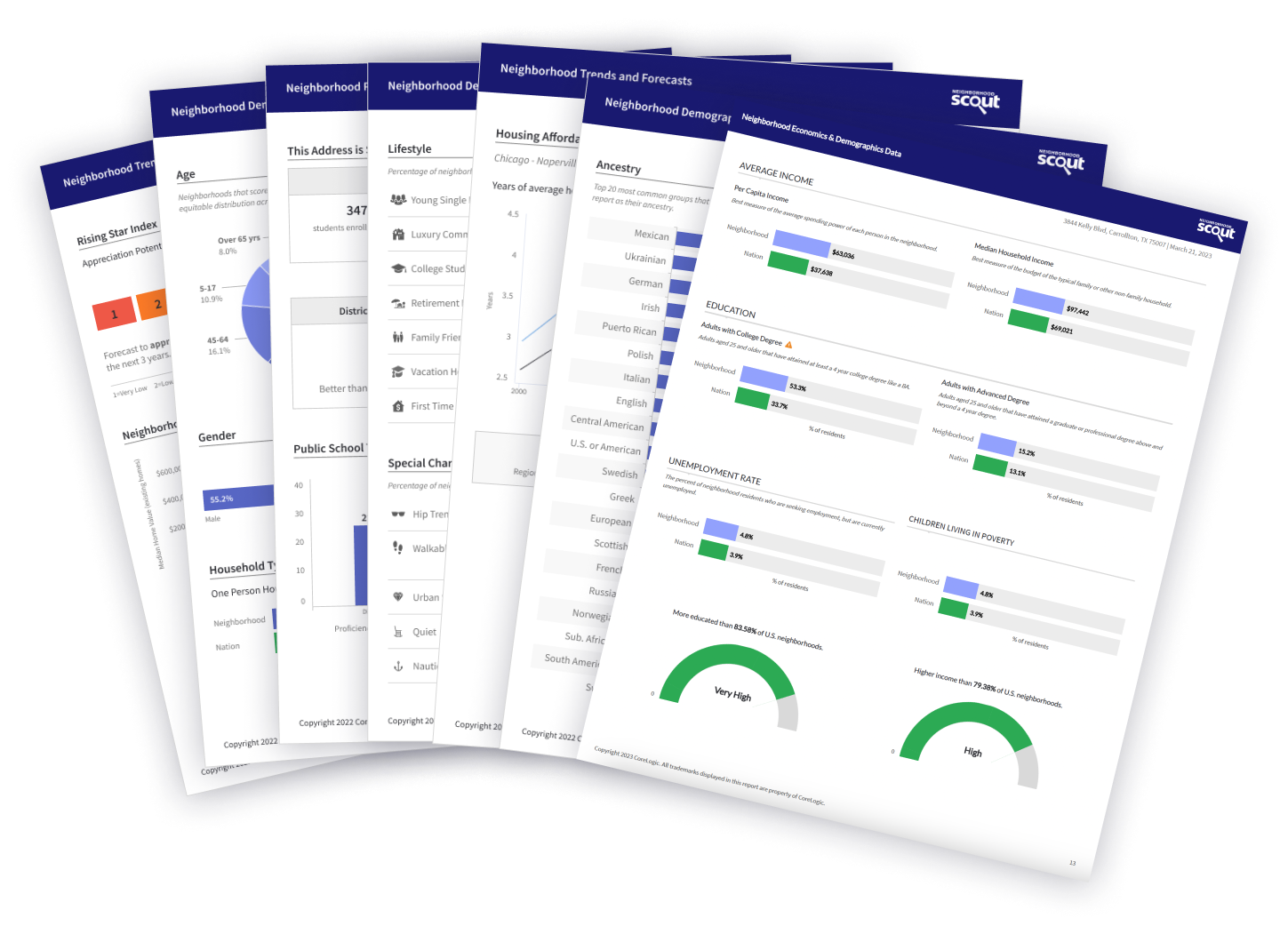The armed forces are a huge part of the life in Medicine Park, employing 7.50% of the workforce. While it is a military town, the civilian sector still plays an important role in the local economy, where the Other and Accommodation industries employ 21.71% and 20.39% of the civilian workforce, respectively.
One interesting thing about the economy is that relatively large numbers of people worked from their home: 8.75% of the workforce. While this number may seem small overall, as a fraction of the total workforce this is high compared to the rest of the county. These workers are often telecommuters who work in knowledge-based, white-collar professions. For example, Silicon Valley has large numbers of people who telecommute. Other at-home workers may be self-employed people who operate small businesses out of their homes.
In addition, Medicine Park is home to many people who could be described as "urban sophisticates". Urban sophisticates are educated, wealthy, executives and professionals, who have urbane tastes in books, food, and travel, whether they actually live in a big city, or choose to reside in a small town. In big or medium-sized cities, urban sophisticates tend to frequent art institutions such as opera, symphonies, ballet, live theatre, and museums.
Because of many things, Medicine Park is a great place for families with children to consider. First of all, many other families with children live here, making Medicine Park a place where both parents and children are more likely to develop social ties with other families, as well as find family-oriented services and community. The town’s good public school district and large population of college-educated adults provide an environment conducive to academic values. With regard to real estate, Medicine Park has a high rate of owner-occupied single family homes, which tends to reflect stability in the local community. Finally, Medicine Park’s overall crime rate is lower than average for the country.
It is a fairly quiet town because there are relatively few of those groups of people who have a tendency to be noisy. (Children, for example, often can't help themselves from being noisy, and being parents ourselves, we know!) Medicine Park has relatively few families with children living at home, and is quieter because of it. Renters and college students, for their own reasons, can also be noisy. Medicine Park has few renters and college students. But the biggest reason it is quieter in Medicine Park than in most places in America, is that there are just simply fewer people living here. If you think trees make good neighbors, Medicine Park may be for you.
In Medicine Park, however, the average commute to work is quite long. On average, people spend 32.65 minutes each day getting to work, which is significantly higher than the national average.
Medicine Park is a small town, and as such doesn't have a public transit system that people use to get to and from their jobs every day.

